Asia-Pacific cities bring back green patches
According to a recent report from JLL, as cities continue to grow upwards and outwards, in the coming years it will be an issue that is only going to be exacerbated.
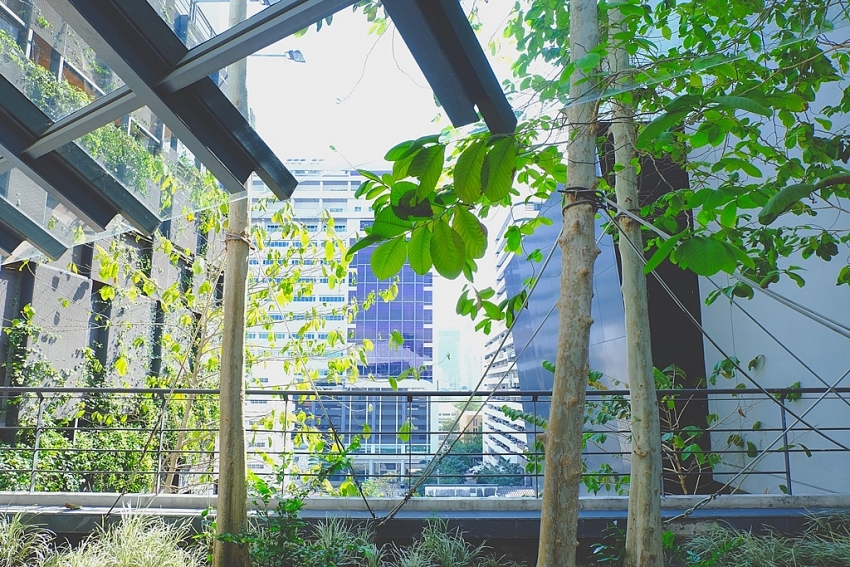 |
| Big cities in the Asia-Pacific are starting to build green patches |
Attitudes among local governments are changing, however, as more realise the benefits of having outdoor spaces where residents can relax within close proximity to where they live and work.
In Ho Chi Minh City, for example, the planned Empire City project aims to bring a touch of the country’s famous countryside to its urban heart with a public garden known as the Sky Forest located two thirds up an 88-storey tower. This project is now a landmark building in Ho Chi Minh City’s Thu Thiem Urban Area.
Developed by a multinational joint venture of prominent names in real estate development across Vietnam, Singapore, and Hong Kong—including Gaw Capital Partners, Keppel Land Ltd., Tien Phuoc Real Estate JSC, and Tran Thai Lands Co., Ltd.—Empire City will contain the highest building in Vietnam when it is put into operation in 2020.
Empire City will be made up of three towers, which will rise up from a domed podium that mimics the topography of Vietnam’s natural mountainous landscape. The podium will feature terraced gardens that are reminiscent of Vietnam's tiered paddy fields, while the tallest of the towers will swell out near the top to create an elevated garden, or "sky forest”.
Meanwhile Singapore is keen to boost its outdoor green spaces through its recently expanded Landscaping for Urban Spaces and High-Rises programme which aims to boost the number of urban and rooftop gardens.
Indonesia’s capital Jakarta has set aside $22.5 million to boost the number of green spaces within the city.
Hong Kong, meanwhile, is making more rooftop spaces to construct urban farms that draw in locals keen to get back to nature while interacting with others within their community.
Such schemes are just the start. As the Asia-Pacific’s cities contend with the realities of rapid urbanisation, fresh thinking will be needed to preserve and maximise both private and public outdoor spaces to reintroduce nature into the city for the benefit of all residents.
What the stars mean:
★ Poor ★ ★ Promising ★★★ Good ★★★★ Very good ★★★★★ Exceptional
Related Contents
Latest News
More News
- Climate Leaders Network aims to elevate role of women in green economy (April 16, 2024 | 15:42)
- Australia strengthens climate and energy cooperation with Vietnam (April 15, 2024 | 15:33)
- MoIT seeks to broaden participation in power purchasing agreement (April 12, 2024 | 10:33)
- Tin Thanh Group signs one billion tonne carbon offset deal (April 10, 2024 | 15:06)
- UNEP helps monitor plastic pollution in Vietnam (April 09, 2024 | 16:03)
- Russia's Zarubezhneft eyes offshore wind power in Vietnam (April 09, 2024 | 15:18)
- Keppel expands energy-as-a-service presence in Vietnam (April 09, 2024 | 15:14)
- Cong Ly asserts continutation of waste and wind ventures (April 09, 2024 | 11:23)
- Government commits to summer power availability (April 09, 2024 | 10:36)
- Investors await instructions for financing power projects (April 09, 2024 | 10:30)



 Tag:
Tag: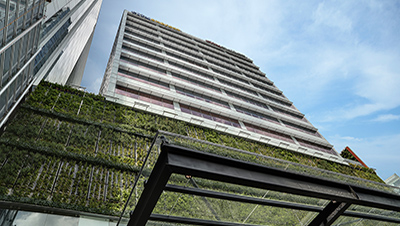
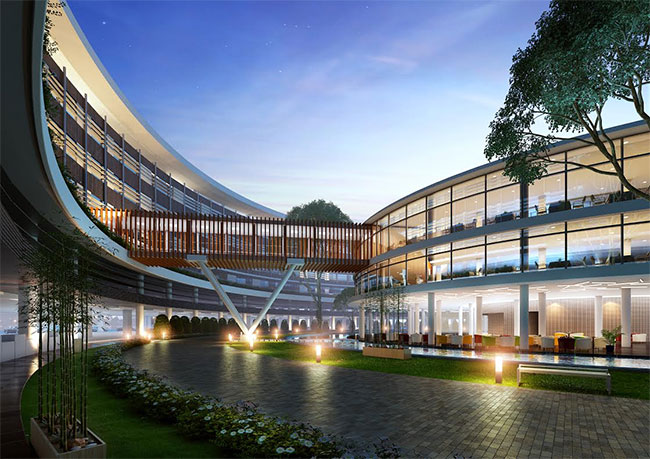
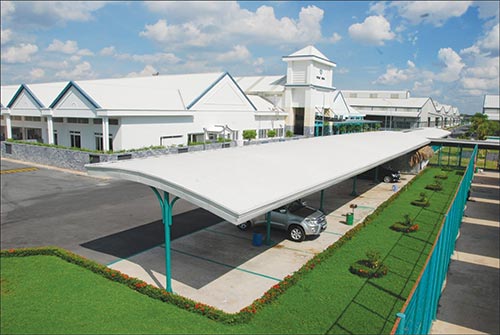


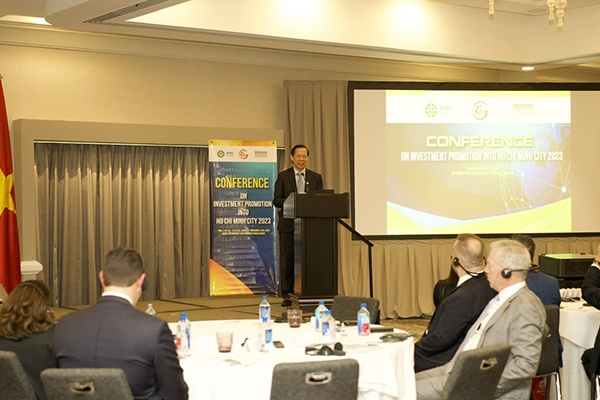

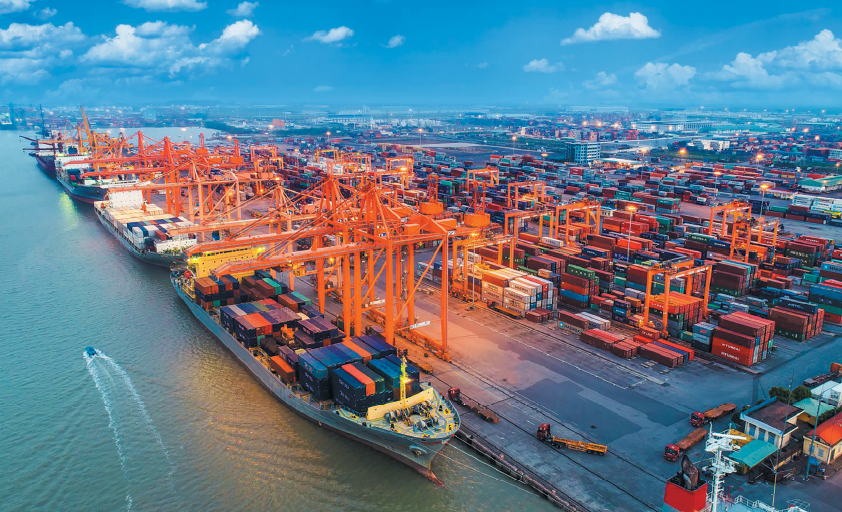
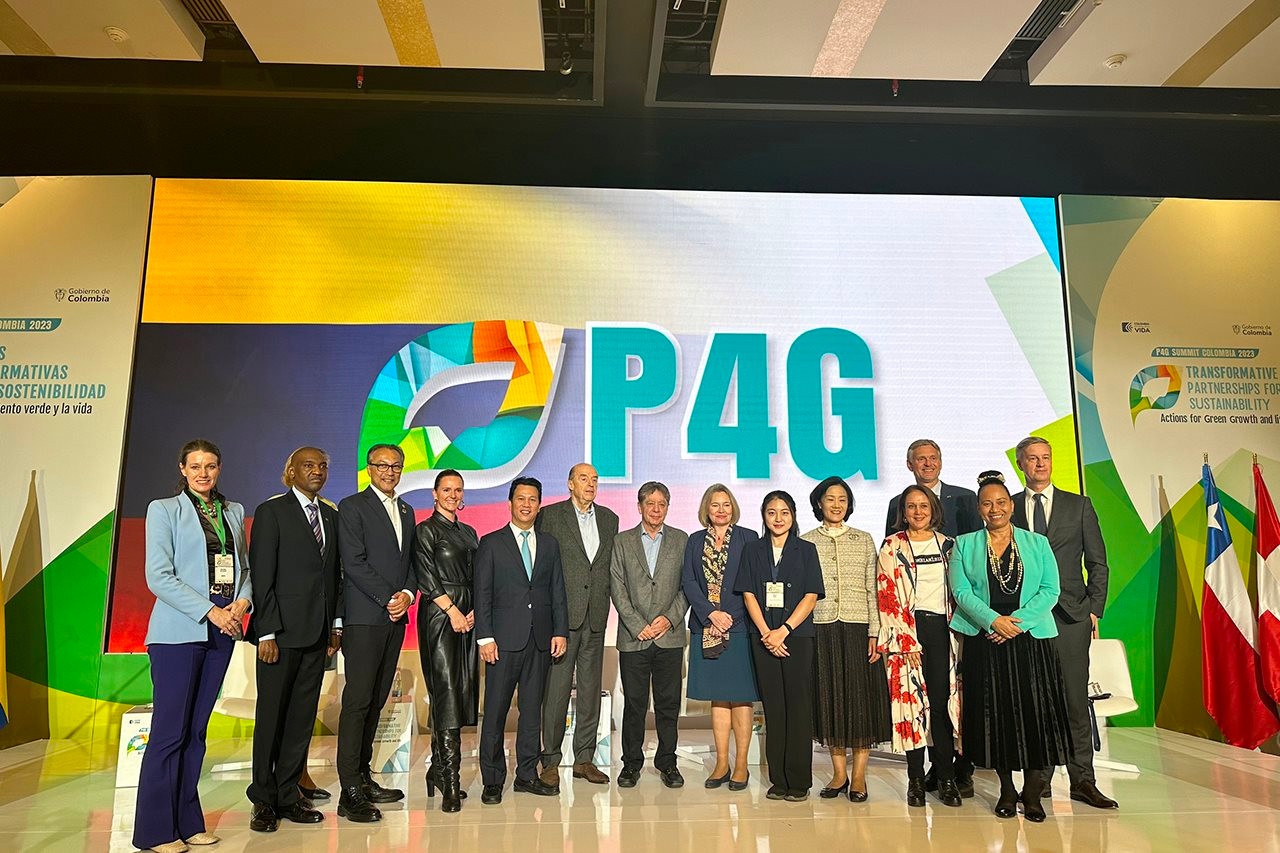
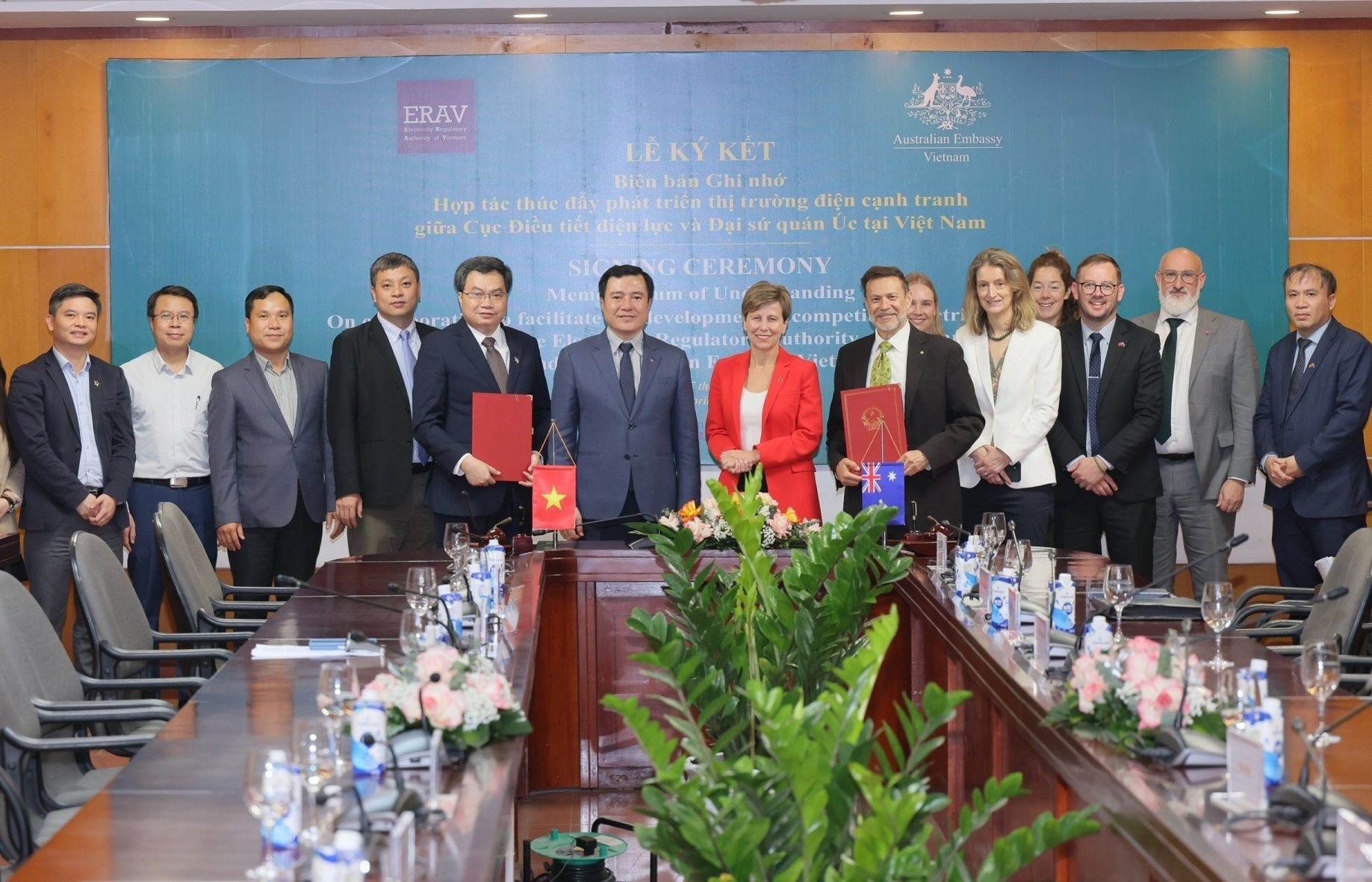
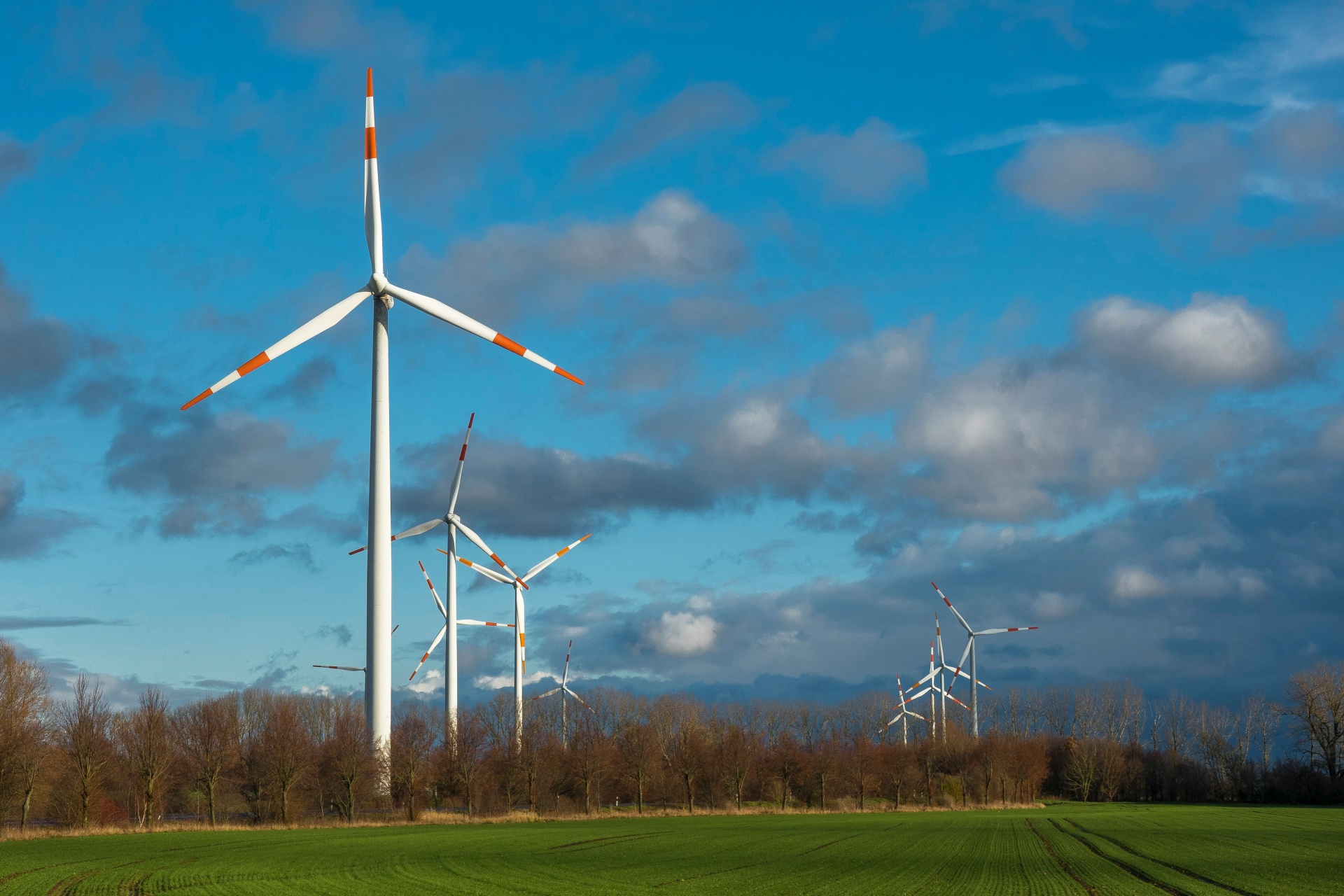
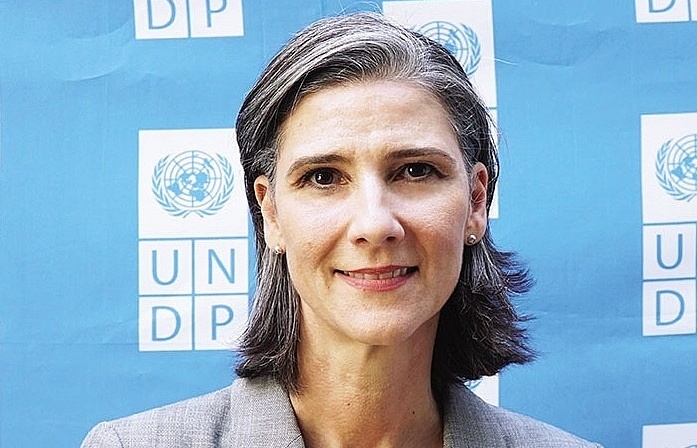
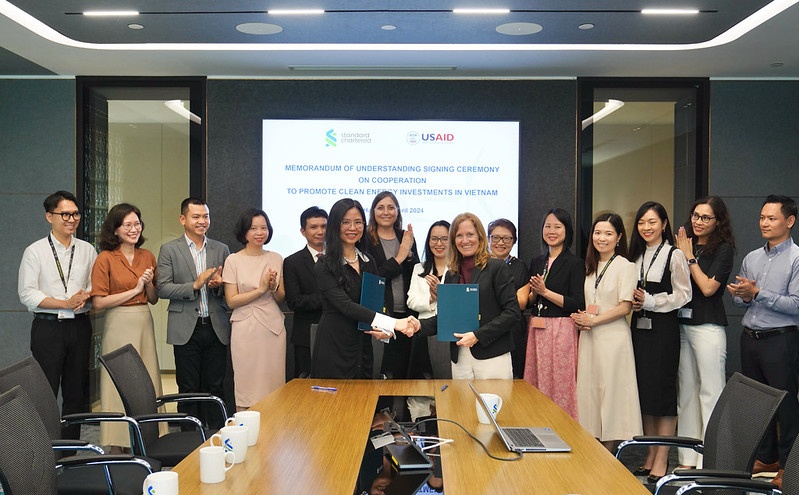
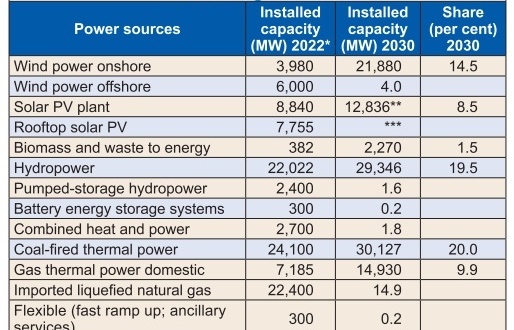
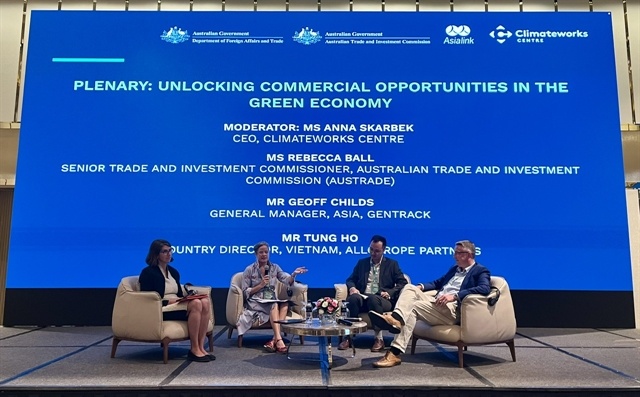









 Mobile Version
Mobile Version